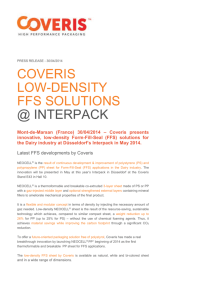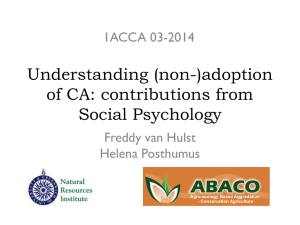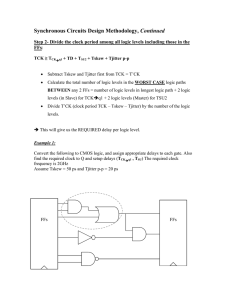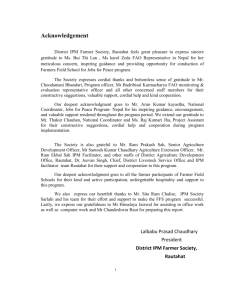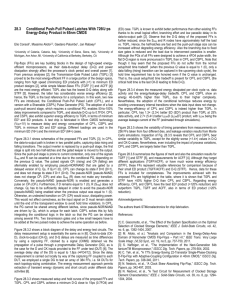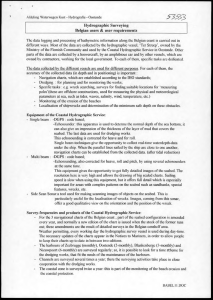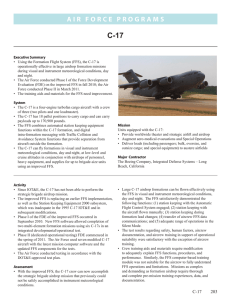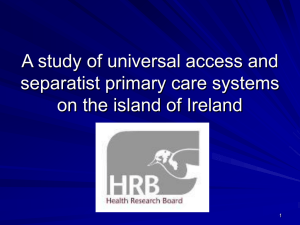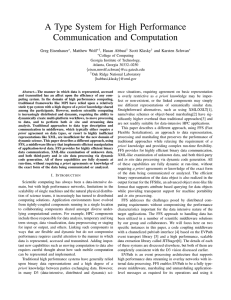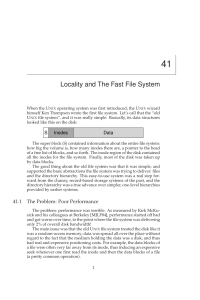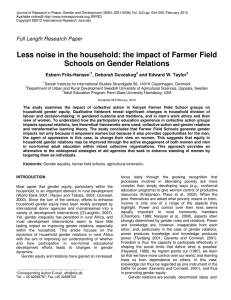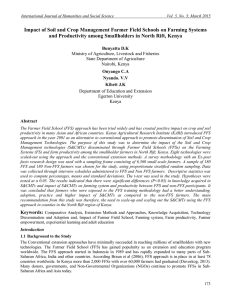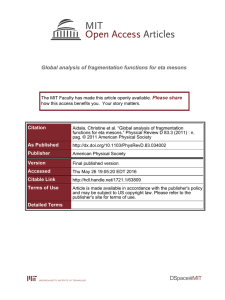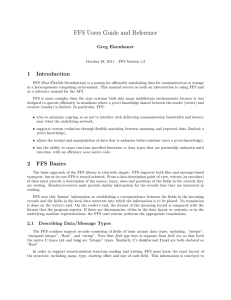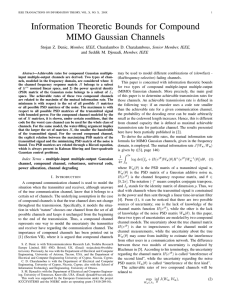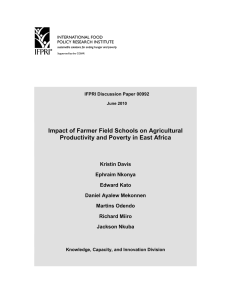the role of the ot/pt in treating the child with hemiplegia
advertisement
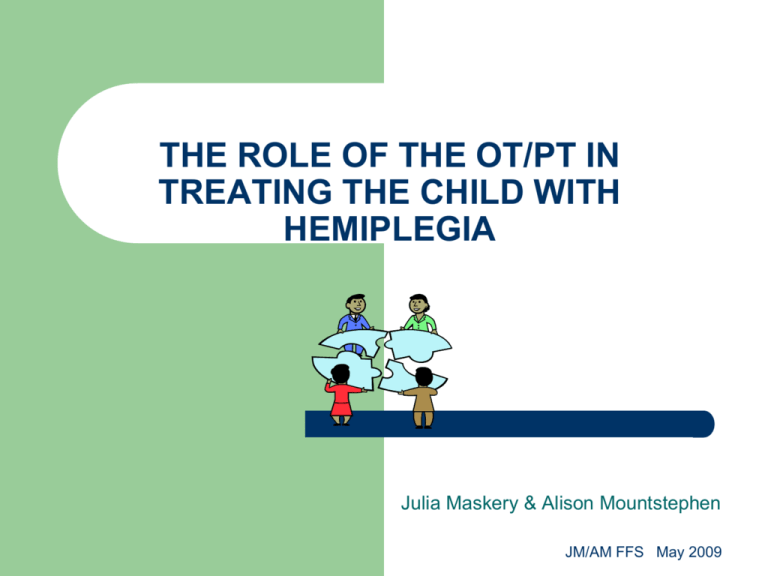
THE ROLE OF THE OT/PT IN TREATING THE CHILD WITH HEMIPLEGIA Julia Maskery & Alison Mountstephen JM/AM FFS May 2009 The Bobath Concept…….. ……. A way of thinking; not a method but a concept. What is normal movement? What causes abnormal movement? JM/AM FFS May 2009 Bobath Concept… ABNORMAL MOVEMENT PATTERNS INFLUENCING TONE ABNORMAL POSTURAL TONE ABNORMAL SENSORY FEEDBACK LACK OF / EFFORTFUL TASK PERFORMANCE JM/AM FFS May 2009 Bobath Concept No two children are the same! Treatment is Handling Handling is Treatment 24 hour approach is essential Early treatment is important Brain knows nothing about a movement only a sense of a movement JM/AM FFS May 2009 JM/AM FFS May 2009 Early Development Working to improve head and trunk control Rotation and sequences of movement midline orientation alignment/symmetry equal weight bearing Therapy = child's routine Gradually withdraw hands-hand over control to the child Body Awareness/ Spatial Awareness Begins hands to mouth.. hands together How child perceives self … self in relation to objects JM/AM FFS May 2009 Early Development Visual Abilities Fine Motor Skills / manipulation visual scanning / tracking important to have eyes assessed hand eye coordination bilateral integration bilateral weight bearing Range of movement hand isolation finger isolation Pre-hension patterns Tactile Awareness sensation /sensitivity / discrimination JM/AM FFS May 2009 Early Development Vocalisation/ Communication – increased tone may alter how a child vocalises which can effect how they interact with the environment Participation in Activities of daily living – lifting arm / placing limbs when dressing / messy food play / bathing / toileting training JM/AM FFS May 2009 Early Development Socialisation – increase possibility to seek out and interact in their world THE CONCEPT IS A WAY OF LIFE Parental involvement is essential for treatment to have a carry over into everyday life A team approach Tapping into child's motivation, occupationplay JM/AM FFS May 2009 School Life - Primary Mobility /Gross Motor skills- gait, balance and coordination, ball skills, motor planning. Sense of two sidedness/ reduce neglect of affected side. Awareness of associated reactions, self inhibition JM/AM FFS May 2009 School Life – Primary Cont: Seating and posture. Independence in activities of daily living. Fine motor skills/ dexterity. Pre writing skills. JM/AM FFS May 2009 School Life – Primary Cont: Perception /cognition – – – – – – attention/concentration visual perception, spatial relations, following instructions, sequencing skills memory/ recall Emotional/ Behavioural JM/AM FFS May 2009 School Life – Secondary Puberty/adolescence- growth spurts Independence Self management awareness Hobbies and interests – interacting with peers Adjusting to social norms WHAT NEXT????? JM/AM FFS May 2009 Transition “Young People face many changes in their lives but one of the most important and difficult is the move from school to adult life” Transition planning is a partnership between the young person, parents, school, statutory authorities and voluntary organisations (cedar foundation, mencap, DEA etc..) Transition planning involves the core team investigating work experience opportunities and post school placements Aim To Provide: Advice, Support, Training for the: – – – Young Person Family Training providers in post school placements JM/AM FFS May 2009 Occupational Therapy and Transitions Based on individual need Home Assessments: family concerns, aspirations, support Priority areas identified for intervention: ADL, Outdoor Independence, Upper Limb function, Assistive Technology etc… Independent living - advice re: care management Referral to other agencies: social services, cedar, DEA Transfer to adult services etc.. JM/AM FFS May 2009
